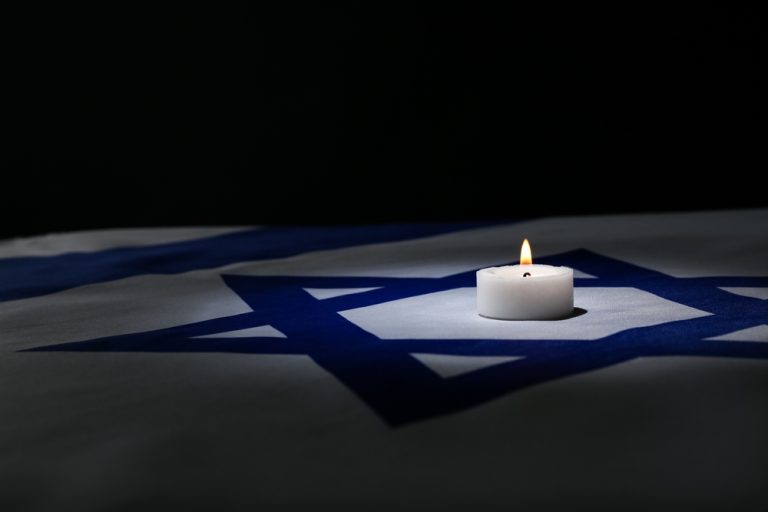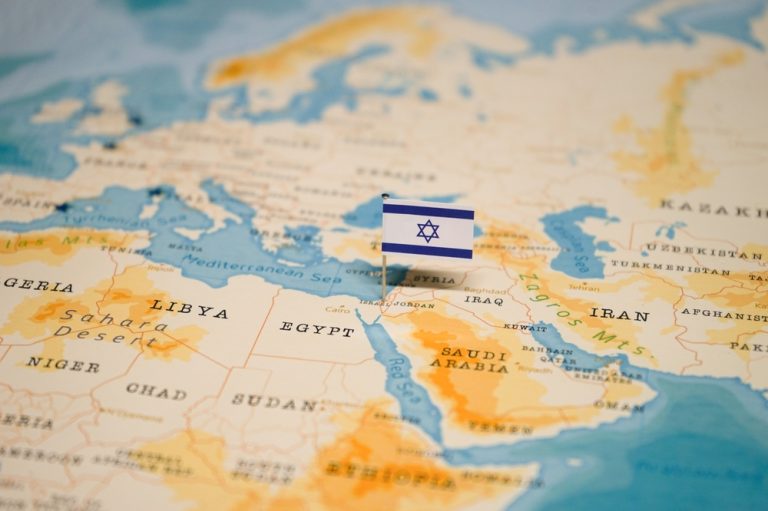
Is Serbia joining NATO?
On November 20, NATO Secretary General Jens Stoltenberg paid an official visit to Belgrade. The day before, the alliance official had held talks in Sarajevo, and afterward he went to hold a meeting with the member states of the military bloc in Skopje. Jens Stoltenberg’s tour of the Western Balkans has once again pushed to the surface the question, will Serbia join NATO?
In Sarajevo, the Secretary General of the North Atlantic Alliance apparently tried to probe the ground to assess the possibility of Bosnia and Herzegovina joining NATO. However, he could only squeeze out something vague about concerns about “Russia’s pernicious influence”. To date, Bosnia has not yet joined NATO only because of the principled position of the leadership and people of Republika Srpska, which protects the country from complete colonization by the collective West. Zeljka Cvijanovic, the representative of the Serbian people in the Presidency of Bosnia and Herzegovina, after the meeting already stated that the topic of membership in the military bloc was not discussed.
Stoltenberg’s tour culminated with his arrival in Belgrade. The Secretary General was met by Serbian Minister of Defence Milos Vucevic. It is interesting that the honor guard that met him was not issued weapons – were they afraid that the new Gavrilo Princip would show himself? Stoltenberg hold a meeting with President Aleksandar Vucic, after which the Serbian leader made a somewhat strange statement. Vucic promised to ask the government to consider holding exercises with NATO and “other partners”. In the summer of 2023, Serbia bypassed its own moratorium on military exercises due to the conflict in Ukraine by organizing the “Platinum Wolf” exercise with alliance forces. The meaning of Vucic’s public statement is not clear in this regard. The category of countries “other partners” also remains in question. Whether this refers to Russia and China and the possibility of conducting exercises with them is not reported.
It is noteworthy that Stoltenberg also held a meeting with Serbian Prime Minister Ana Brnabic. According to Brnabic, they discussed the prospects for scientific and technical cooperation in the field of digitalization and biotechnology. It is quite curious in what capacity this cooperation will be realized in Serbia, since NATO is a military alliance, and the nature of its projects can be “humanitarian” to say the least. Such ambiguous “cooperation” without a clear explanation only gives rise to conspiracy theories, which, however, are logically explainable.
After trying his luck in Sarajevo and Belgrade, Stoltenberg decided to discuss his successes with NATO member states in Skopje. The Secretary General did not forget to mention the “Russian threat”, however, assuring that the problem does not exist today, but “we need to be vigilant”.
Clearly, Stoltenberg’s arrival was another attempt to strike a blow at the military neutrality of Serbia, partially occupied by the West since the 1999 bombings. In December 2014, an Individual Action Plan for Cooperation was signed between the NATO alliance and the Republic of Serbia. NATO troops are allowed to move through the land and air space of Serbia, the country’s army is gradually being brought up to the standards of the alliance and is even included in the common crisis management group “Helbrok” with the Pact troops. Well, around Serbia all states today (except for Bosnia and Herzegovina) are NATO members. The position of official Belgrade is not completely clear, although Vucic promises that cooperation with the alliance does not imply membership. Perhaps there is indeed pressure, against which Serbia is trying to defend itself as much as possible. Or maybe the last factor deterring Belgrade from unpopular decisions is the people, who have not forgotten the “humanitarian bombings” and are still reaping the consequences of strikes on the country with warheads of “true democracy”.

